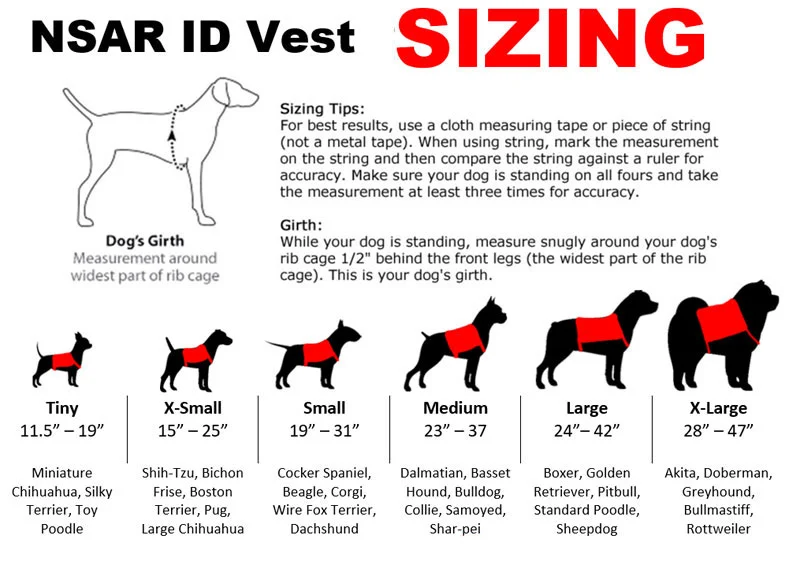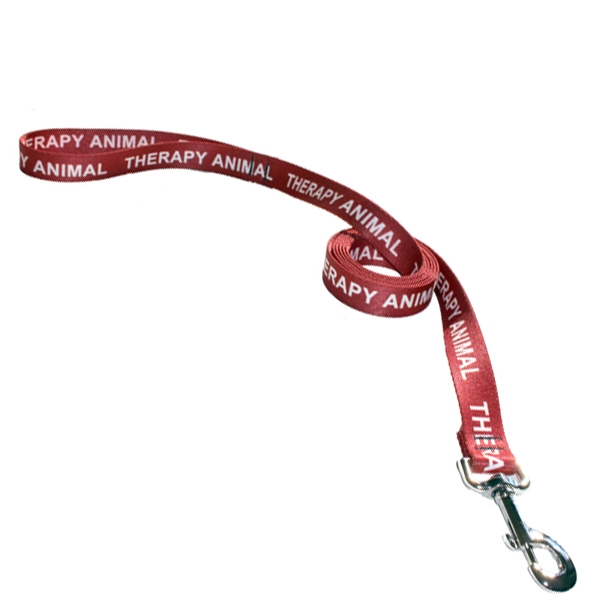
Animals have long been companions to humans, offering comfort, loyalty, and unconditional love. In recent years, the role of animals in mental health and emotional support has become widely recognized, leading to the rise of emotional support animals (ESAs), service dogs, and therapy animals. Behind many of these life-changing connections are dedicated organizations committed to training, certifying, and supporting therapy animals and the people who rely on them.
In this article, we’ll explore five of the most impactful therapy animal organizations making a real difference today. You’ll learn what each organization does, how they’re improving lives, and how you can get involved—whether you’re seeking a therapy animal, looking to volunteer, or simply passionate about the cause.
1. Pet Partners
Overview
Pet Partners is one of the most well-known and respected therapy animal organizations in the United States. Established in 1977, they offer a wide range of programs aimed at enhancing human health through positive interactions with animals.
What They Do
- Provide therapy animal certification for nine species, including dogs, cats, and even llamas
- Conduct research on the human-animal bond
- Offer training and support for handlers
- Promote animal-assisted interventions in hospitals, schools, and disaster areas
Impact
Pet Partners teams visit over 3 million people annually, making a profound difference in hospitals, schools, nursing homes, and even airports.
How to Get Involved
- Train and register your pet as a therapy animal
- Donate to support their work
- Volunteer at local events
2. The Good Dog Foundation
Overview
Founded in 1998, The Good Dog Foundation focuses on training therapy dogs and their handlers to help people dealing with stress, trauma, and disabilities.
What They Do
- Provide certification and training for therapy dog teams
- Partner with hospitals, nursing homes, and schools
- Offer a program specifically for disaster relief and crisis response
Impact
The Good Dog Foundation has served thousands of people in the New York tri-state area and beyond. Their trauma response teams were active after 9/11 and Hurricane Sandy.
How to Get Involved
- Apply for handler training
- Support through donations or partnerships
- Sponsor therapy dog programs for local facilities
3. Alliance of Therapy Dogs (ATD)
Overview
ATD is a volunteer-run, nonprofit organization dedicated to certifying therapy dogs and their handlers. With a straightforward and accessible approach, they have made therapy dog certification possible for thousands across the U.S.
What They Do
- Evaluate and test therapy dog teams
- Connect volunteers with facilities in need of visits
- Provide insurance coverage and support for active members
Impact
ATD teams conduct visits in hospitals, schools, libraries, and even courtrooms. They are known for their simplicity and affordability, making therapy dog certification more accessible.
How to Get Involved
- Become a registered therapy dog team
- Advocate for therapy dog visits at your workplace or community center
4. Therapy Dogs International (TDI)
Overview
Therapy Dogs International was one of the first organizations of its kind, founded in 1976. They have a long-standing commitment to training and evaluating therapy dog teams.
What They Do
- Evaluate and certify therapy dogs
- Support volunteer handlers across the U.S.
- Offer educational resources on therapy dog etiquette and safety
Impact
TDI-certified teams serve in hospitals, schools, rehabilitation centers, and more. Their widespread presence has helped normalize the use of therapy dogs in various settings.
How to Get Involved
- Participate in evaluations
- Organize local therapy dog visits
- Spread awareness in your community
5. Love on a Leash
Overview
Love on a Leash is a nonprofit organization providing certification for therapy pets of all kinds. They emphasize community service and emotional healing through pet visits.
What They Do
- Certify dogs, cats, and rabbits as therapy pets
- Offer resources and support for volunteer handlers
- Partner with local groups to organize visits
Impact
Love on a Leash has helped connect thousands of therapy animal teams with people in need of comfort and support, especially in underserved areas.
How to Get Involved
- Start the certification process with your pet
- Join a local chapter or form your own
- Donate or host a fundraising event
Why Therapy Animal Organizations Matter
Therapy animal organizations are vital in promoting mental and emotional wellness. They provide structure, training, and access to services that help individuals and communities heal. Whether it’s a child learning to read with a dog by their side or an elderly patient finding joy in a visit, the impact is profound.
Benefits of Therapy Animals
- Reduced stress and anxiety
- Improved social interaction and communication
- Emotional comfort and companionship
- Support for PTSD, autism, and other conditions

Practical Advice: How to Choose the Right Organization
Here are some key tips for selecting the best therapy animal organization for your needs:
- Consider your goals: Are you looking to register your pet, find a therapy animal, or volunteer?
- Check requirements: Each organization has its own rules about the types of animals accepted and the training needed.
- Evaluate support: Look for organizations that provide training, resources, and ongoing community.
- Review impact stories: Read testimonials and case studies to see the organization’s effectiveness.
Frequently Asked Questions (FAQs)
Q: What’s the difference between a therapy animal, ESA, and service dog? A: Therapy animals provide emotional support in group settings. ESAs offer comfort to individuals and are prescribed by a mental health professional. Service dogs are trained to perform tasks for people with disabilities.
Q: Can any dog become a therapy dog? A: Not all dogs are suited for therapy work. They must be calm, well-socialized, and able to pass a temperament evaluation.
Q: Are therapy animals allowed everywhere? A: Unlike service dogs, therapy animals don’t have public access rights under the ADA. Access depends on the facility’s discretion.
Q: How long does certification take? A: It varies by organization, but typically involves several training sessions, evaluations, and supervised visits.
Q: Is there a cost involved? A: Yes, most organizations charge for training, evaluation, and registration. Some offer scholarships or reduced fees.
Final Thoughts
Therapy animal organizations play a critical role in supporting mental health, emotional healing, and community resilience. Whether you’re considering becoming a therapy animal handler, need support for yourself or a loved one, or simply want to contribute to a meaningful cause, these organizations offer many pathways to get involved.
Ready to take the next step?
- Visit our [Therapy Animal Resource Center] to learn more.
- Begin taking your Therapy Animal to share the warm and fuzzies – Register Your Therapy Animal: Click Here
- Share this article to spread awareness and inspire others.
Together, we can create a world where the healing power of animals touches every life in need.























